Beyond the familiar landmarks that populate travel guides and social media feeds lies a parallel world of extraordinary places largely absent from popular consciousness. These overlooked destinations once played pivotal roles in human history before falling into obscurity through changing trade routes, political shifts, or simple geographic isolation.
What these forgotten places lack in name recognition, they more than compensate for in authentic experiences, uncrowded exploration, and the special thrill of discovering somewhere that feels genuinely off the beaten path. Here is a list of 20 remarkable destinations that have faded from collective memory but offer travelers unique insights into human civilization, architectural achievement, and cultural evolution without the crowds and commercialization that often diminish experiences at better-known sites.
Ani, Turkey
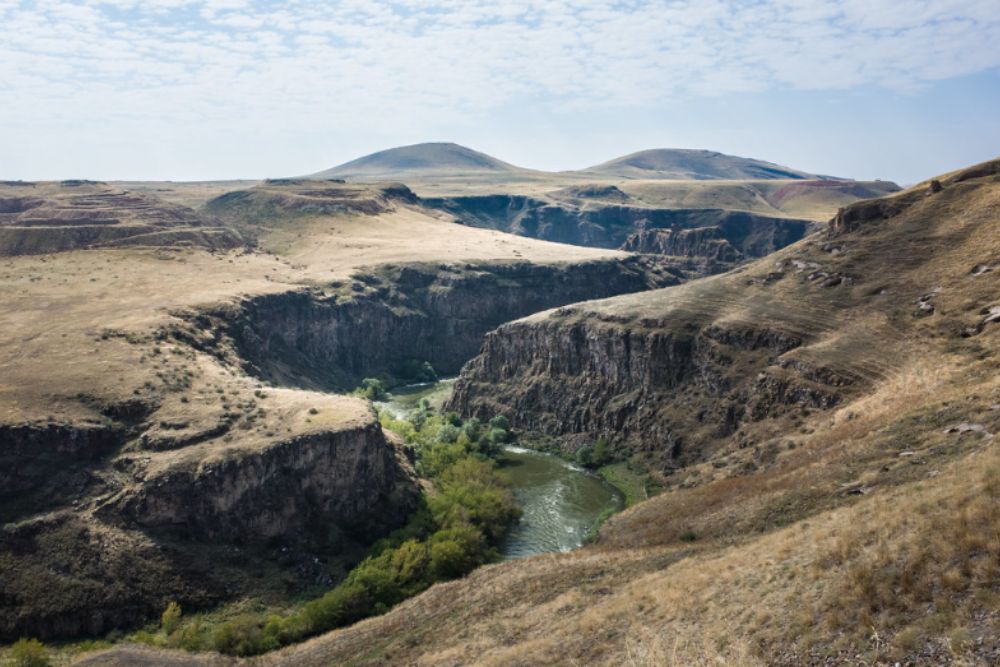
The haunting ruins of Ani stretch across an isolated plateau on the Turkish-Armenian border, the remnants of a medieval metropolis once known as the ‘City of 1,001 Churches’ and home to over 100,000 residents. Magnificent stone churches, mosques, and fortifications stand in various states of preservation, their red and black volcanic stone walls creating dramatic silhouettes against the grassland horizon.
Now visited by just a trickle of travelers, this former Silk Road hub that rivaled Constantinople and Baghdad in importance offers a profoundly personal connection with the past, impossible at more frequented historical sites.
Loropéni, Burkina Faso
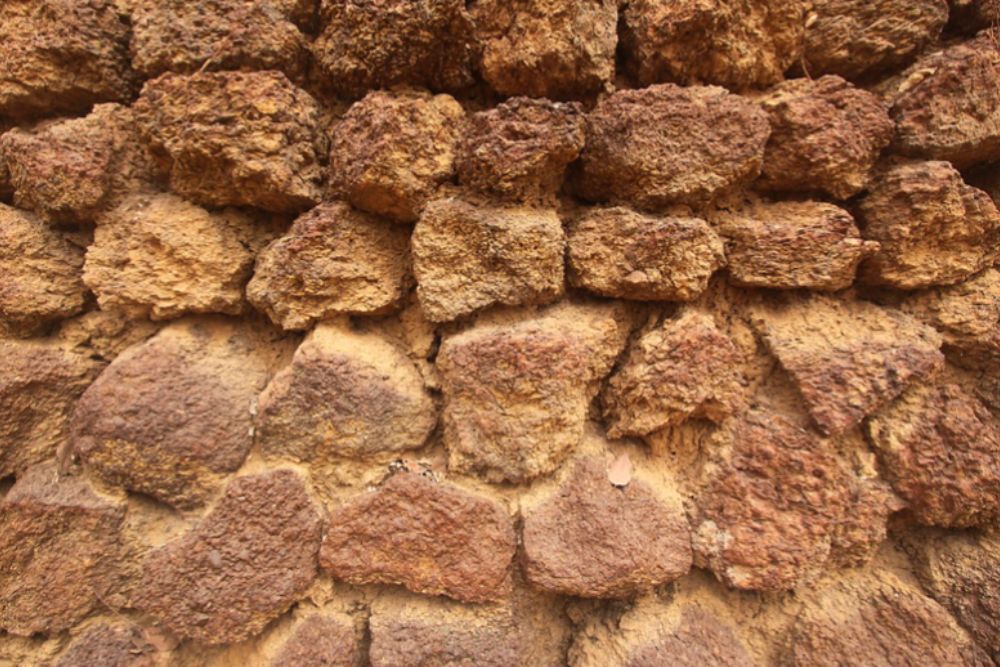
The massive stone ruins of Loropéni represent the best-preserved example of the fortified settlements associated with the trans-Saharan gold trade that prospered between the 14th and 17th centuries. Stone walls standing nearly 20 feet high enclose a 2.5-acre compound that once housed gold traders and aristocrats who controlled valuable trade routes through this region of West Africa.
Despite being designated a UNESCO World Heritage site, these impressive ruins receive remarkably few visitors, allowing for unhurried exploration of a sophisticated African civilization that European historical narratives have largely overlooked.
Like Travel Pug’s content? Follow us on MSN.
Merv, Turkmenistan

Five distinct ancient cities rise from the Karakum Desert at Merv, collectively forming one of the largest and most significant archaeological sites in Central Asia. Once the largest city in the world during the 12th century, this major oasis along the Silk Road featured innovative ice houses, water distribution systems, and fortifications before Genghis Khan’s son destroyed it in the 13th century.
The blend of massive earthen structures slowly melting back into the landscape creates an atmosphere of impermanence and fragility rarely experienced at more actively maintained historical sites.
Jiaohe Ancient City, China
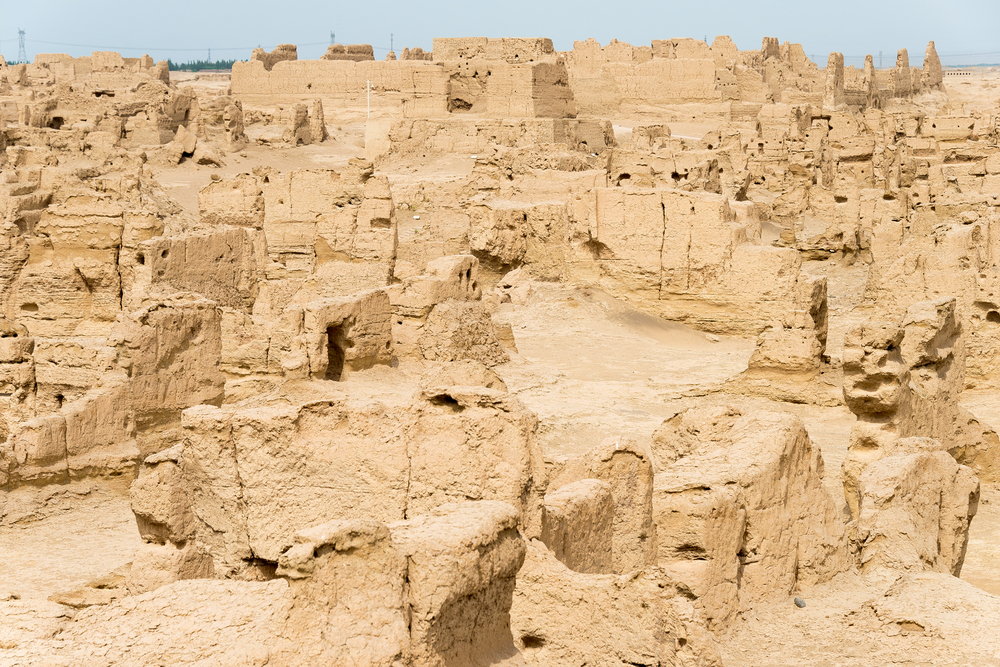
The remarkably preserved ruins of Jiaohe stand on a leaf-shaped plateau rising 100 feet above two converging rivers in China’s western Xinjiang region. Founded in the 2nd century BCE as a garrison town, the city flourished as an important Buddhist center along the Silk Road, with temples, administrative buildings, and homes carved directly from the natural plateau rather than constructed from transported materials.
Unlike many ancient sites, Jiaohe lacks modern reconstructions, offering visitors rare archaeological authenticity as they wander streets abandoned nearly a millennium ago yet still clearly defined by eroded earthen structures.
Champaner-Pavagadh, India
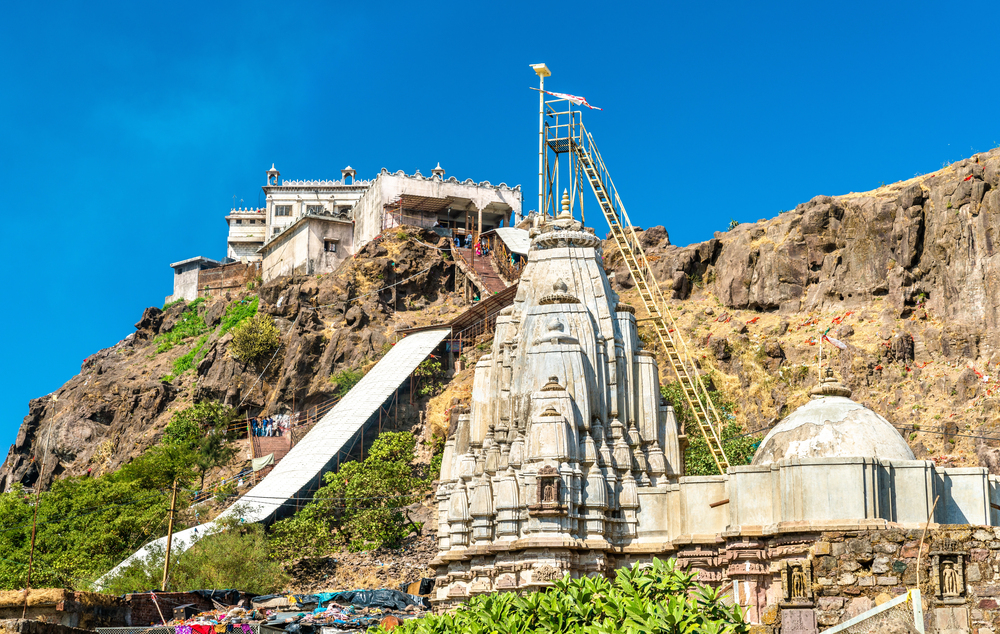
This multicultural archaeological park preserves a complete medieval capital that flourished briefly in the late 15th century before being conquered and abandoned, thereby escaping the continuous modifications that complicate interpretation at many historical sites. Hindu and Jain temples on the sacred hill of Pavagadh stand near exquisite early Islamic buildings below, representing a unique architectural transition period and cultural pluralism rarely highlighted in standard histories.
The relative obscurity of this UNESCO-listed site means visitors can explore this blend of Hindu, Muslim, and Jain influences without navigating crowds or commercial development that would diminish its contemplative atmosphere.
Like Travel Pug’s content? Follow us on MSN.
Konark Sun Temple, India
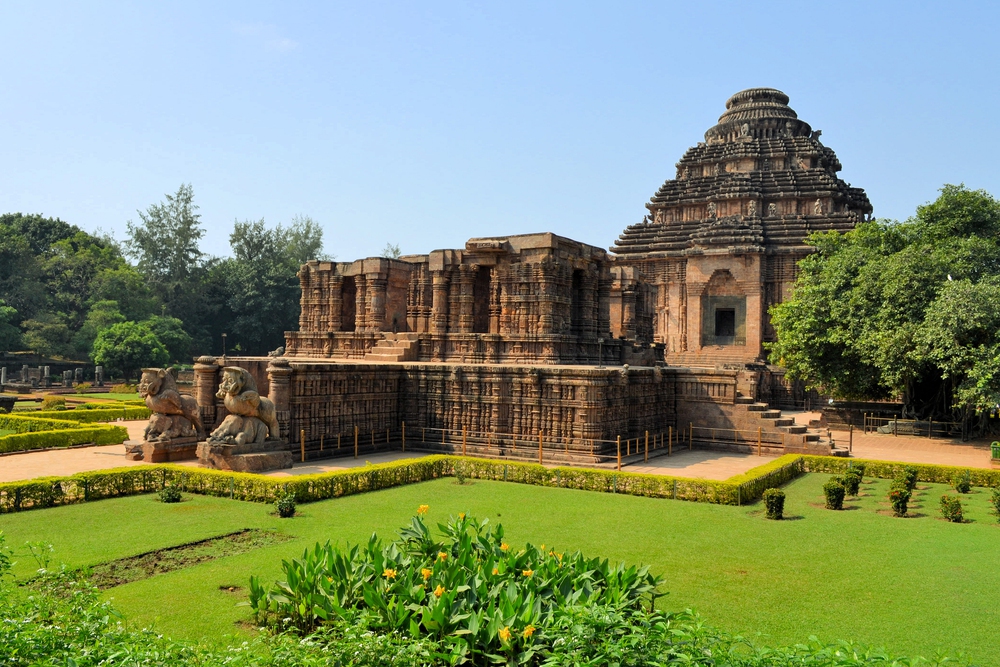
Although technically protected as a UNESCO site, this astonishing 13th-century stone temple fashioned as a colossal chariot of the sun god Surya with twelve pairs of intricately carved wheels remains surprisingly overlooked by international travelers. The temple’s astronomical precision demonstrates advanced scientific knowledge, with perfectly positioned sundials and symbolic architecture representing hours and seasons with remarkable accuracy.
The exquisite stone carvings depicting daily life, spiritual concepts, and intimate relationships provide insights into medieval Indian society that more sanitized or reconstructed historical sites often lack.
Suakin, Sudan
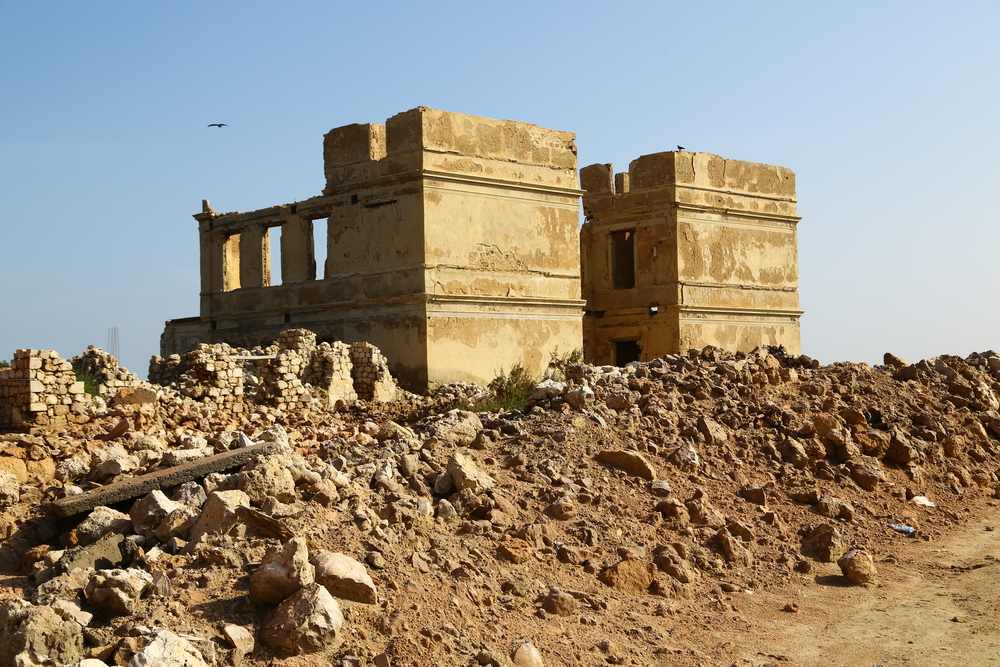
The forgotten merchant city of Suakin occupies a coral island connected to Sudan’s Red Sea coast, its once-magnificent coral block buildings now standing as poignant ruins. For centuries, this prosperous port linked Africa with Arabia, serving as an Ottoman administrative center and departure point for Muslim pilgrims journeying to Mecca.
The distinctive architecture, constructed from the only locally available building material—reef coral—created brilliant white structures whose deterioration over time produced the haunting, lace-like ruins that remain today, offering compelling insights into architectural adaptation to local materials.
Vardzia, Georgia
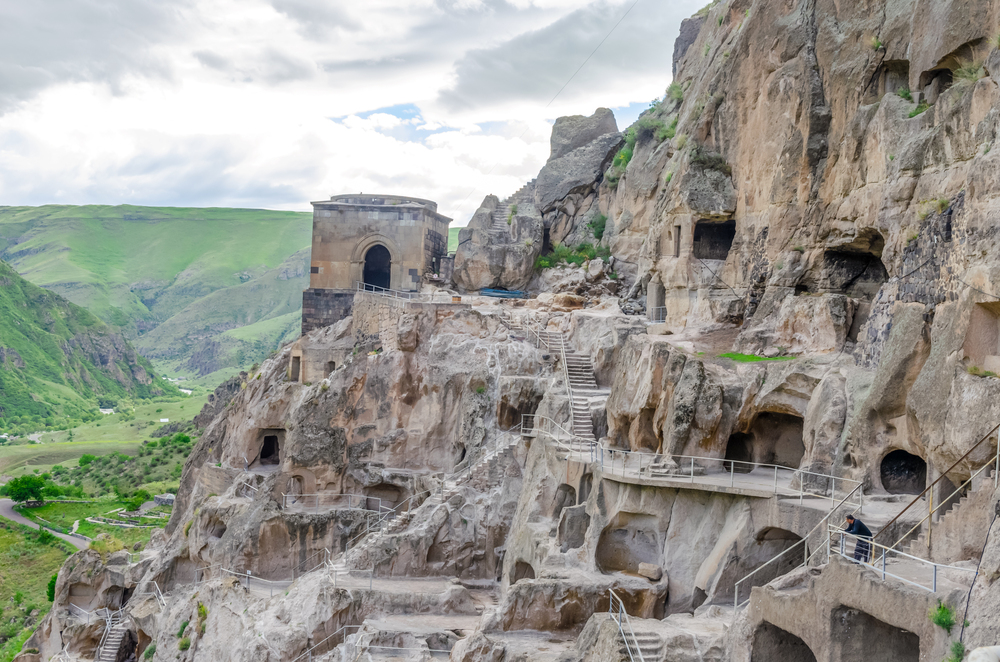
Carved directly into a cliff face above the Kura River valley, this 12th-century cave city stretches across thirteen levels with hundreds of rooms, churches, wine cellars, and defensive positions connected by tunnels and staircases. Created during Georgia’s golden age under Queen Tamar, Vardzia combined monastic devotion with strategic defense against Mongol invaders threatening Christian kingdoms in the Caucasus.
Unlike many cave dwellings elsewhere, Vardzia’s interiors feature remarkably preserved frescoes depicting Georgia’s royal and religious history, providing both artistic and historical depth to this engineering marvel.
Like Travel Pug’s content? Follow us on MSN.
Great Zimbabwe, Zimbabwe
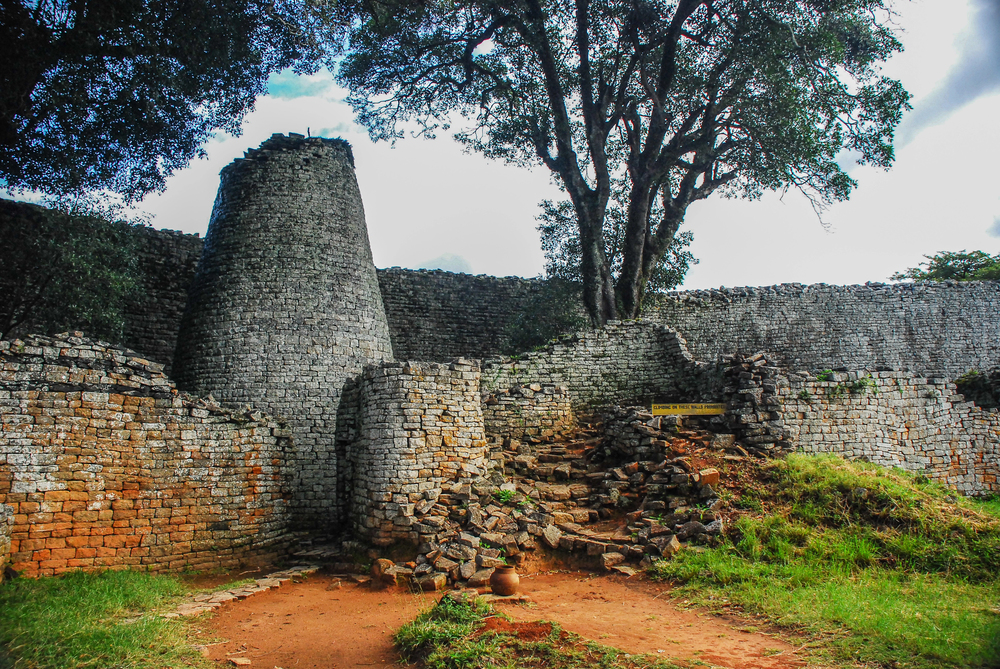
The monumental stone ruins of Great Zimbabwe stand as a testament to the sophisticated Shona civilization that thrived between the 11th and 15th centuries, controlling gold trade between Africa’s interior and Indian Ocean ports. Massive stone walls built without mortar rise nearly 40 feet high, enclosing complex settlements that housed up to 18,000 people at the civilization’s peak.
Colonial authorities long denied the African origin of these impressive structures, attributing them instead to Phoenicians or other non-African builders—a historical revisionism that contributed to the site’s relative obscurity despite its architectural and cultural significance.
Madain Saleh, Saudi Arabia
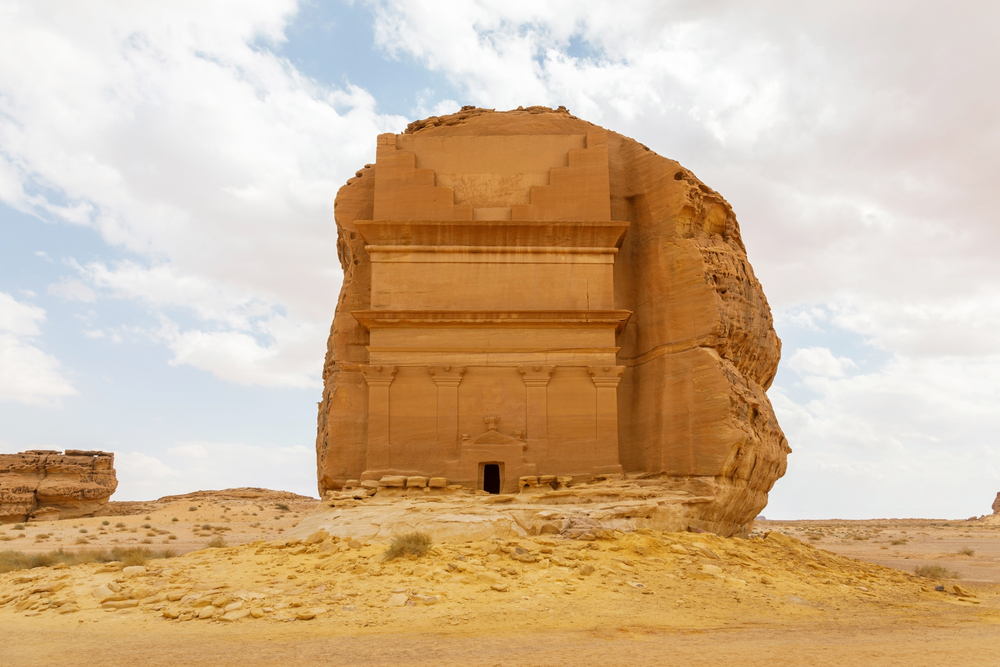
The lesser-known sister city to Jordan’s famous Petra, Madain Saleh, features 131 tombs carved into rose-colored sandstone outcroppings that rise dramatically from the desert floor. Created by the same Nabataean civilization as Petra, these monumental façades incorporate both Hellenistic and local architectural elements, demonstrating the cultural synthesis characteristic of this mercantile society.
Saudi Arabia’s historical restrictions on tourism have kept visitor numbers minimal, creating opportunities for solitary exploration impossible at Petra, where thousands of daily visitors can diminish the sense of discovery and connection with the ancient builders.
Vijayanagara, India
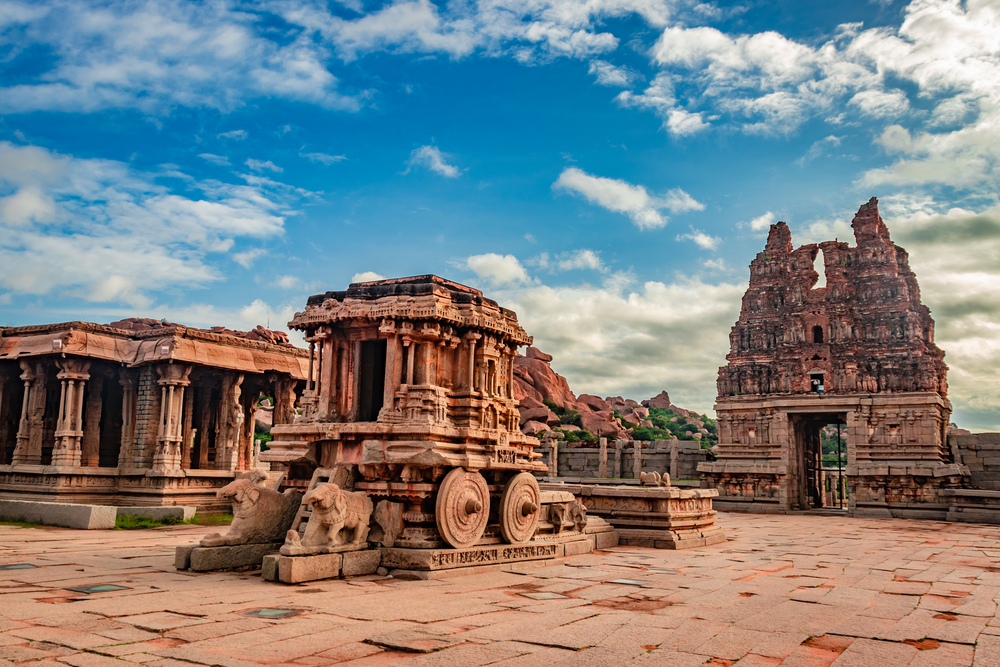
The sprawling capital of the Vijayanagara Empire covers nearly ten square miles with hundreds of temples, palaces, market complexes, and water systems that once supported a sophisticated urban center of half a million people. Despite being the second-largest medieval-era city after Beijing, this magnificent Hindu imperial city destroyed in 1565 receives just a fraction of the visitors that flock to equivalent sites in Southeast Asia or Europe.
The distinctive architecture bridges secular and sacred purposes with innovations like temple entertainment halls and complex irrigation systems, offering insights into one of history’s great forgotten empires.
Like Travel Pug’s content? Follow us on MSN.
Taxila, Pakistan
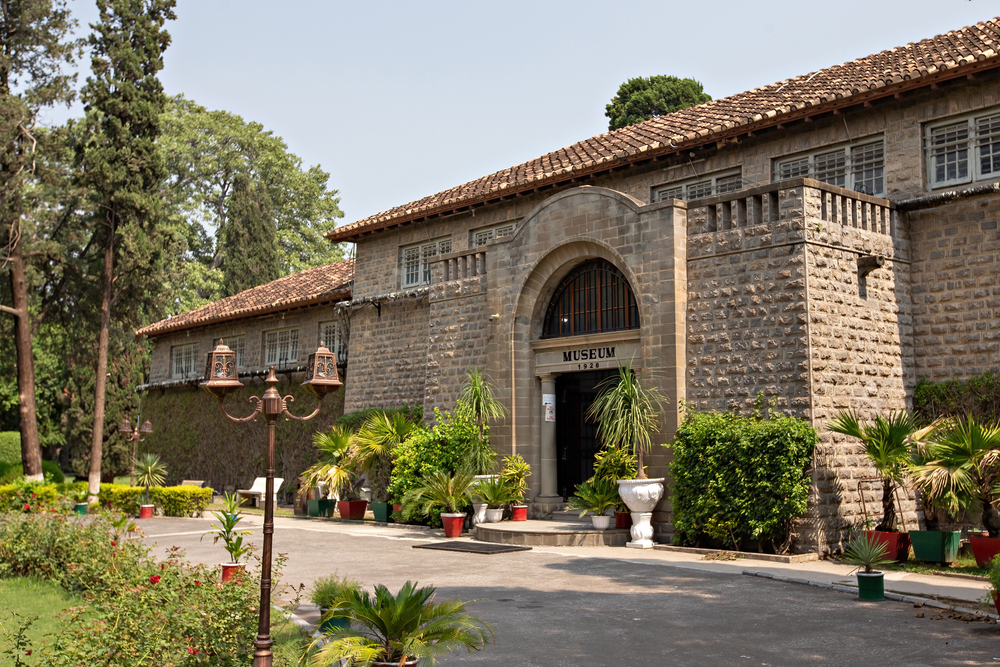
This remarkable archaeological complex spans three cities developed sequentially from the 6th century BCE to the 2nd century CE, showcasing the evolution of urban planning, architecture, and religious expression across multiple civilizations. Located at the junction of trade routes connecting Central Asia with the Indian subcontinent, Taxila absorbed cultural influences from Persians, Greeks, and Kushans before becoming a significant Buddhist learning center.
Despite its extraordinary historical significance and UNESCO status, geopolitical concerns have limited tourism, creating a visitor experience characterized by unhurried exploration and a direct connection with the past.
Kuelap, Peru
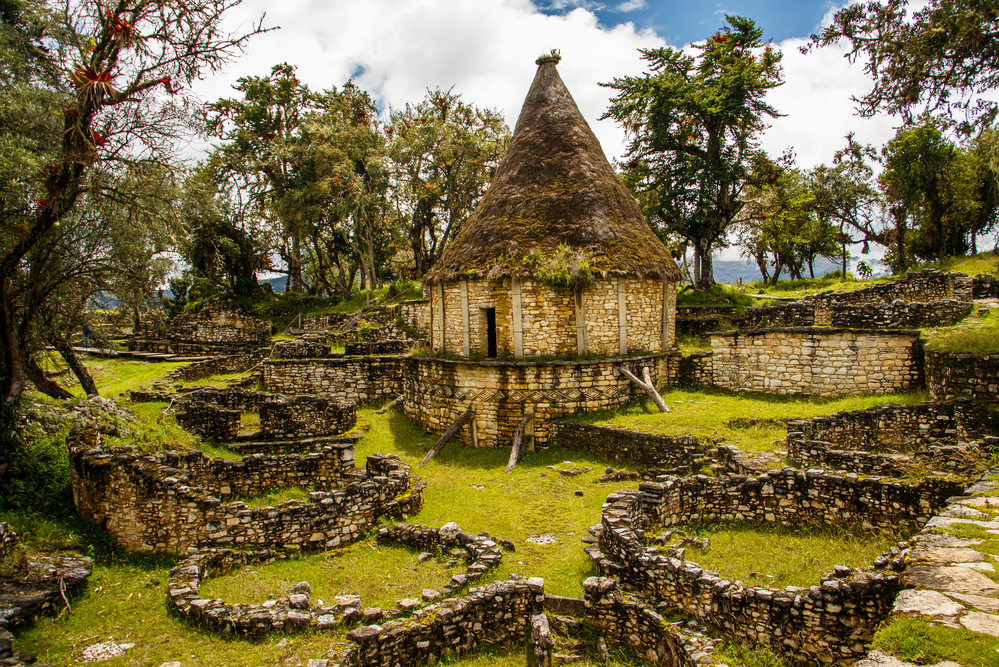
Often called the “Machu Picchu of the north,” this massive pre-Inca fortress city built by the Chachapoya culture rises 10,000 feet above sea level in Peru’s northern cloud forests. The imposing limestone walls stand up to 60 feet high and enclose over 400 circular buildings that housed perhaps 3,000 residents between 900 and 1400 CE.
Despite a recently installed cable car improving accessibility, Kuelap receives just a small fraction of Machu Picchu’s visitors, offering a rare opportunity to experience a pre-Columbian city without reconstructed features or crowds that diminish the sense of discovery.
Fatehpur Sikri, India
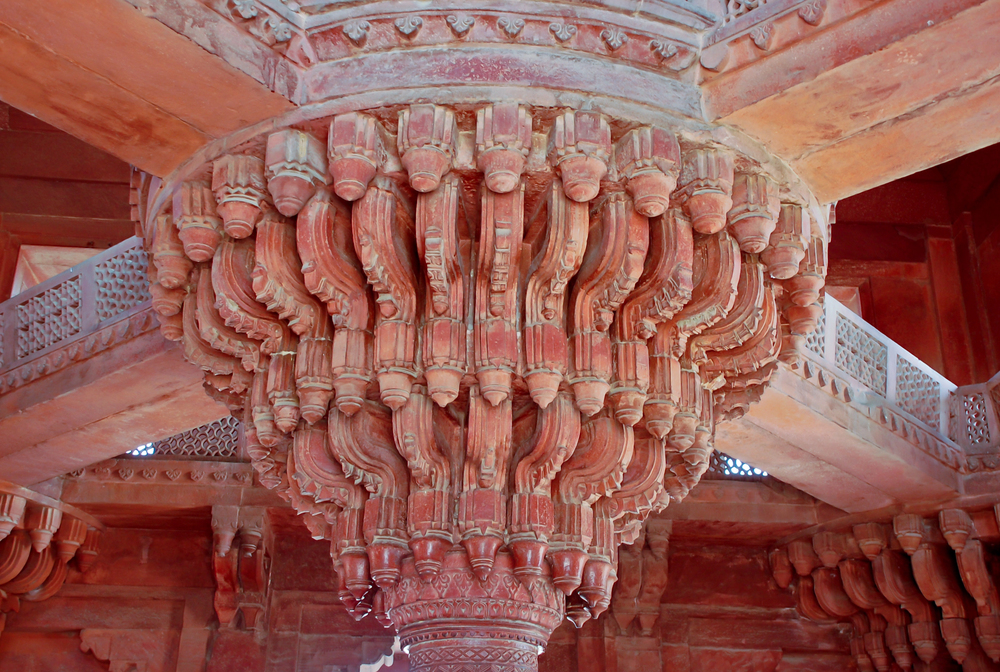
The remarkably intact 16th-century imperial capital built by Emperor Akbar and then mysteriously abandoned after just 14 years stands as a perfect expression of Mughal architectural innovation and religious tolerance. Red sandstone buildings combining Hindu, Persian, and Islamic design elements create a unified complex that embodies Akbar’s vision of a new religion and governance style that synthesized India’s diverse traditions.
Though technically a UNESCO site, Fatehpur Sikri remains overshadowed by the nearby Taj Mahal. This creates a visitor experience characterized by relative quiet and space for contemplation among its perfect proportions and spiritual eclecticism.
Like Travel Pug’s content? Follow us on MSN.
Nan Madol, Micronesia

Rising from a lagoon off the island of Pohnpei, this extraordinary “Venice of the Pacific” consists of 92 artificial islets connected by canals and constructed from massive basalt logs weighing up to 50 tons each. Built between 1200 and 1500 CE as the ceremonial center of the Saudeleur dynasty, these megalithic structures required engineering knowledge that continues to puzzle archaeologists, considering the absence of metal tools or draft animals in ancient Micronesia.
Remote geography has preserved this site from mass tourism, allowing visitors rare opportunities to explore a virtually unknown civilization that developed entirely independently from other world traditions.
Göbekli Tepe, Turkey

This revolutionary archaeological site has upended previous understanding of prehistoric society, revealing sophisticated monumental architecture created by hunter-gatherers 7,000 years before Stonehenge or the Egyptian pyramids. Massive T-shaped pillars arranged in circular formations and carved with various animal reliefs suggest complex symbolic thinking and social organization previously thought impossible before the advent of agriculture and permanent settlements.
Despite its profound implications for understanding human civilization, Göbekli Tepe receives relatively few visitors compared to much younger sites, offering a rare opportunity to contemplate humanity’s deeper past without modernized interpretations or crowds.
Uramanat Villages, Iran
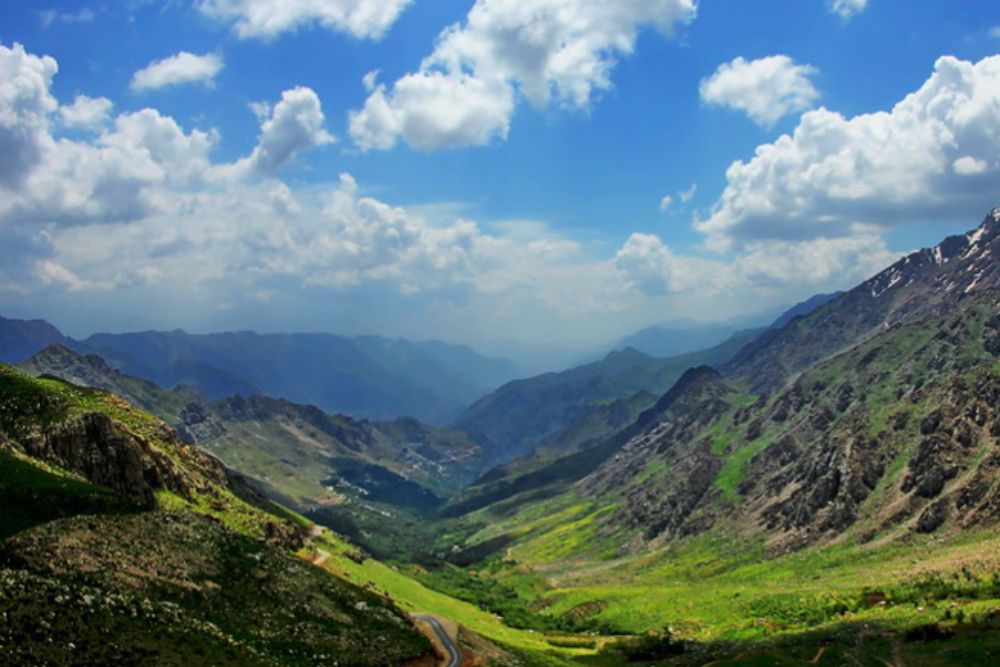
The stepped villages of the Uramanat region cascade down steep mountainsides in Iranian Kurdistan, their stacked stone houses forming living architecture where each building’s roof serves as the courtyard for the home above it. This remarkable vertical adaptation to mountainous terrain has supported continuous human habitation for at least 3,000 years, with distinct cultural practices and architectural solutions emerging from geographic necessity.
Geopolitical tensions have limited Western tourism to this newly designated UNESCO region, preserving both authentic cultural practices and the special atmosphere of discovery that accompanies visiting places absent from conventional tourist itineraries.
Like Travel Pug’s content? Follow us on MSN.
Chinguetti, Mauritania
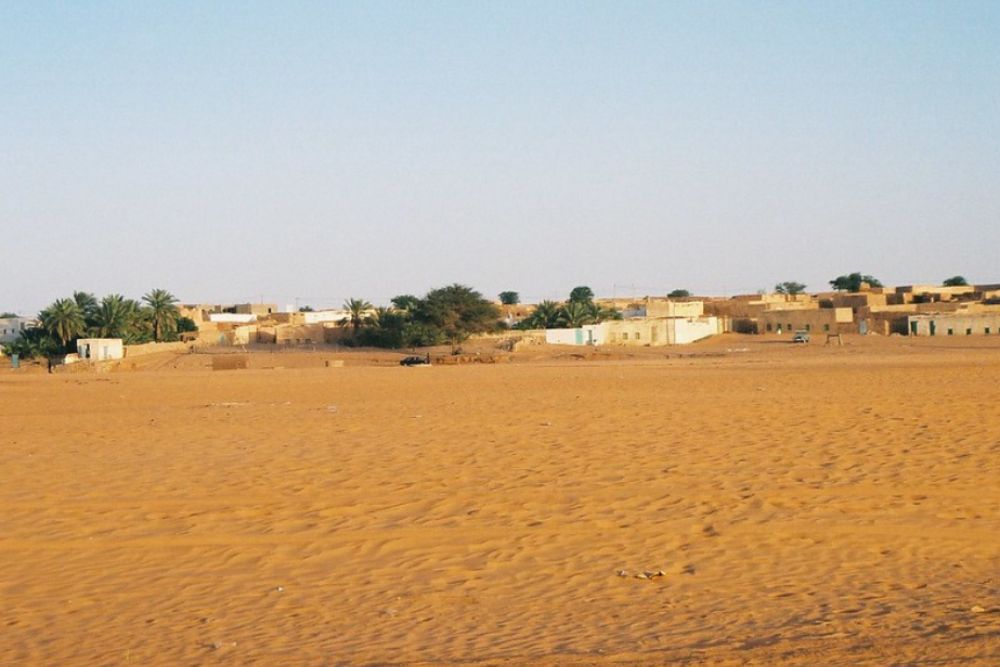
The sand slowly reclaims the mud-brick structures of Chinguetti, once renowned as the seventh-holiest city of Islam and a major Saharan center of learning known for its distinctive square minaret. Founded in the 13th century as a trading center and pilgrimage stop, the city’s libraries once held thousands of ancient manuscripts on astronomy, mathematics, and religious jurisprudence.
The handful of family libraries that remain open to visitors offer rare glimpses of Saharan intellectual history. At the same time, the town itself provides insight into human adaptation to one of Earth’s harshest environments.
Sugantepe, Turkey
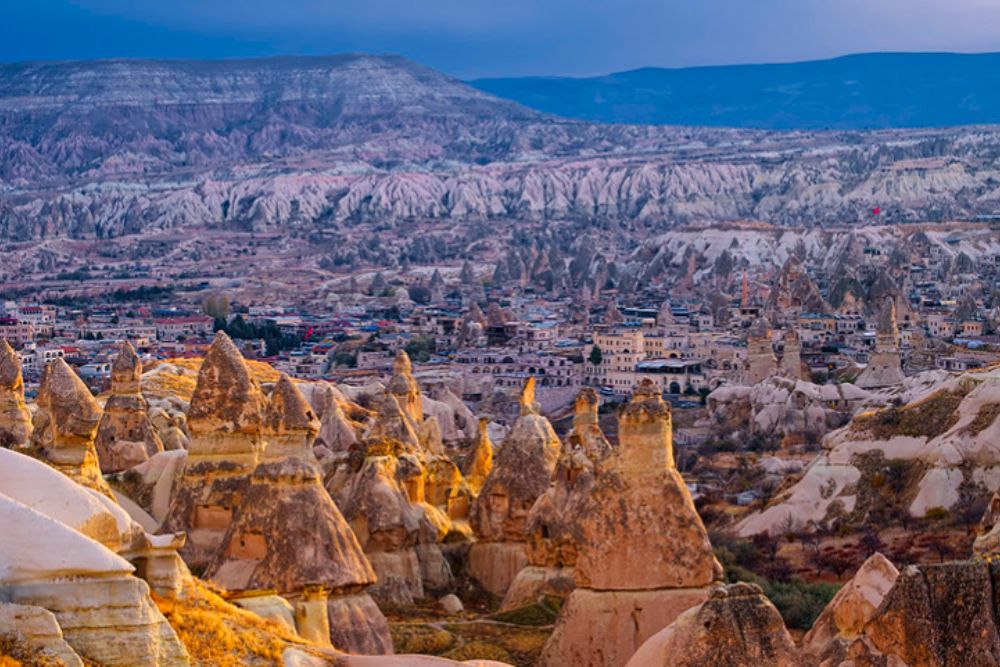
The artificial cave network of Sugantepe stands as perhaps the most extensive underground city ever constructed, featuring over 1,000 interconnected chambers extending hundreds of feet below ground. Created primarily between the 7th and 10th centuries as a refuge from Arab invasions, this engineering marvel incorporated sophisticated ventilation shafts, water systems, defensive mechanisms, and communal spaces capable of supporting thousands of inhabitants for extended periods.
Unlike the more famous Cappadocian underground cities, Sugantepe remains largely unknown to international visitors, offering explorations characterized by genuine discovery rather than following established tourist circuits.
Hegra Archaeological Site, Saudi Arabia
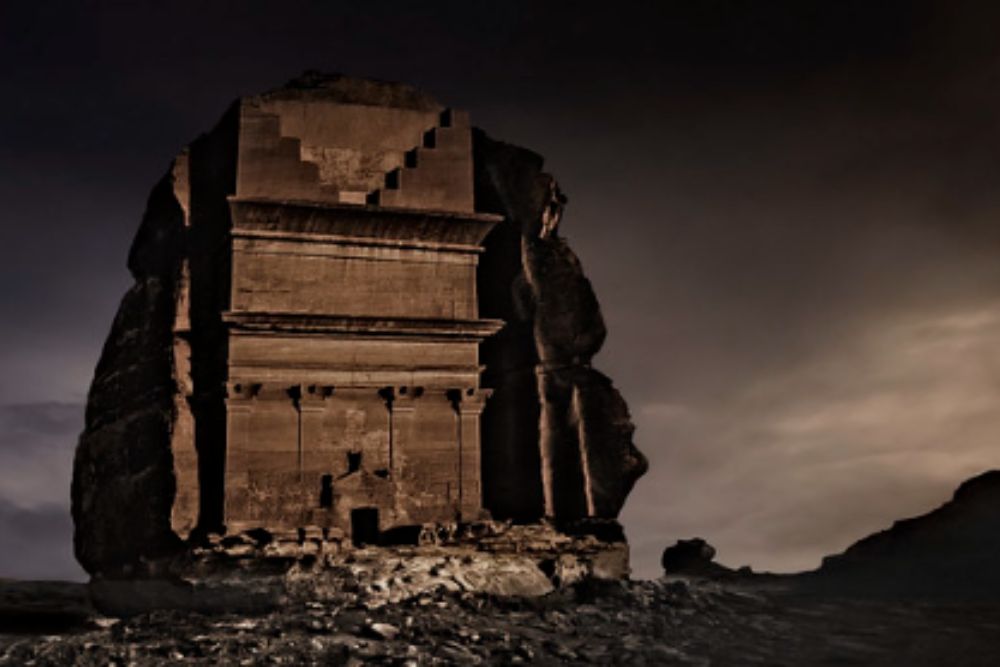
The recent opening of Saudi Arabia to tourism has unveiled Hegra, an archaeological treasure featuring 111 monumental tombs carved into rose sandstone outcroppings between 1 BCE and 1 CE. The perfectly preserved Nabataean façades incorporate distinctive architectural elements that blend Mesopotamian, Egyptian, Greek, and Roman influences into a unique aesthetic expression.
The exceptional preservation results from centuries of isolation and minimal restoration, creating an authenticity often lacking at more heavily visited ancient sites where reconstruction and tourism infrastructure can diminish connection with the original builders.
Like Travel Pug’s content? Follow us on MSN.
Reawakening the Forgotten

These overlooked destinations offer far more than bragging rights about visiting somewhere unknown. They provide increasingly rare opportunities for genuine discovery in an era when most tourism experiences have been thoroughly documented, commercialized, and crowded.
Beyond the practical advantages of lower costs and fewer visitors, these forgotten places allow deeper connections with human ingenuity across time—connections unmediated by gift shops, audio guides, or the constant negotiation of other tourists. Their relative obscurity serves as temporary protection against the homogenization affecting many famous sites, preserving authentic encounters with history for travelers willing to venture beyond the familiar guidebook recommendations.
More from Travel Pug

- Cities Growing so Fast You Won’t Recognize Them in 10 Years
- 13 Destinations Where Tourists Regularly Regret Their Trip
- 20 Obscure WWII Sites Even History Buffs Don’t Know About
- 10 Under-the-Radar Mountain Towns That Are Both Affordable and Beautiful
- 20 Abandoned Places That Feel Like Real-Life Post-Apocalyptic Movie Sets
Like Travel Pug’s content? Follow us on MSN.
